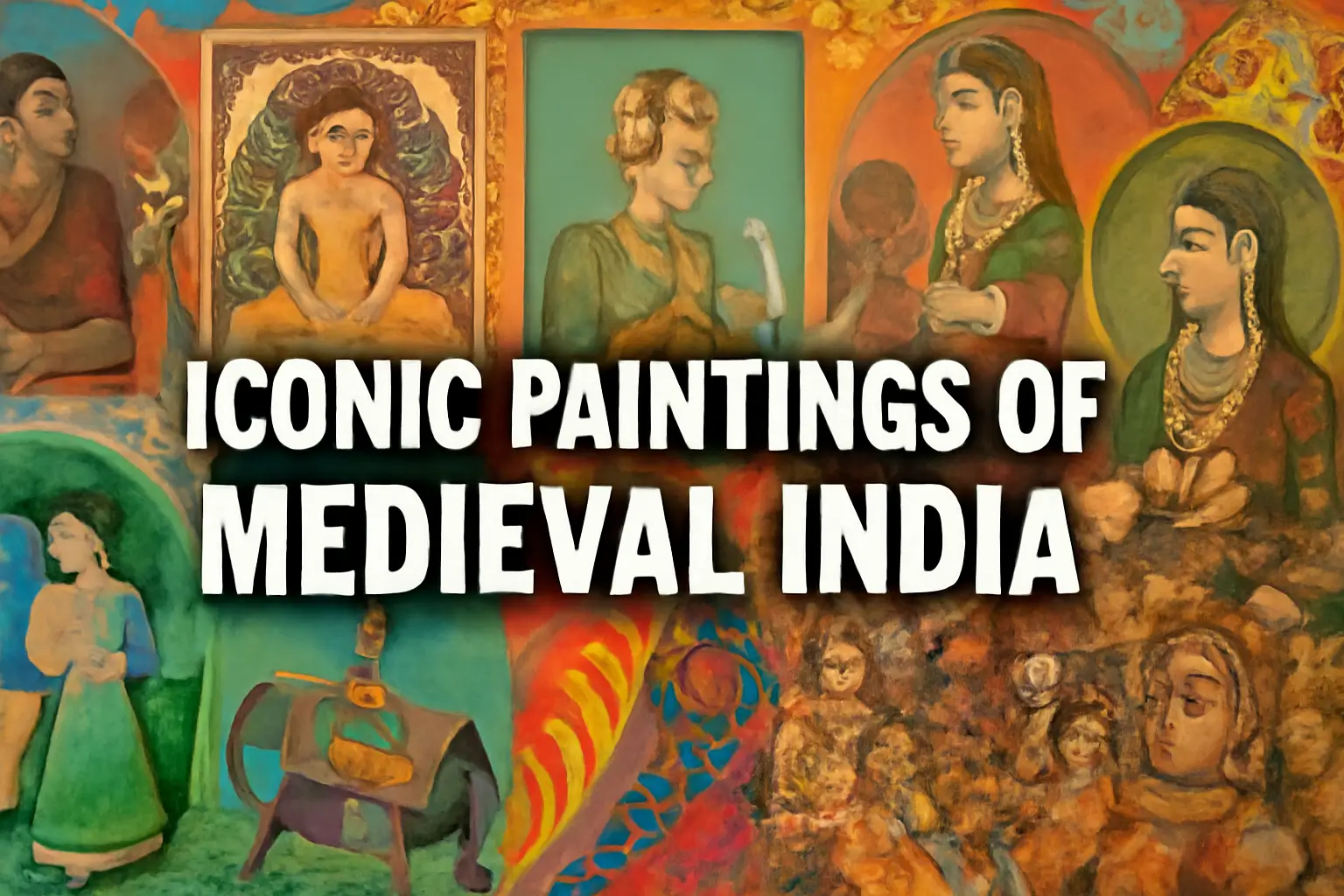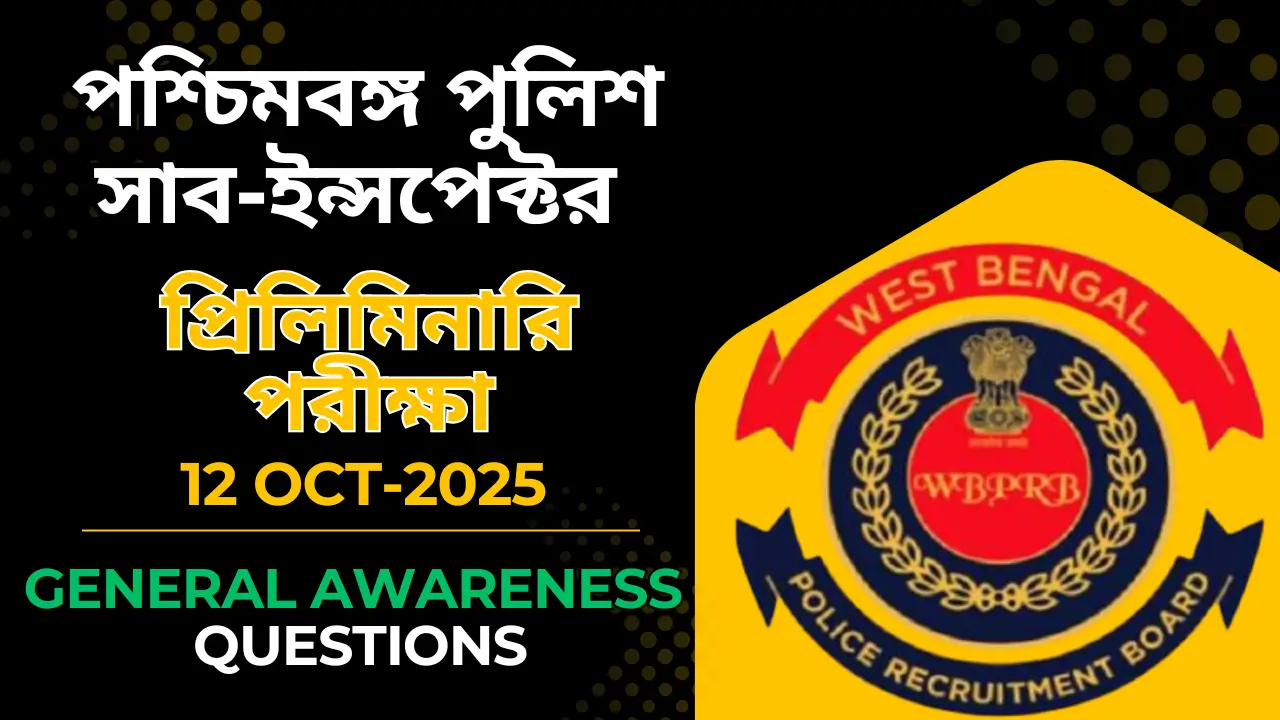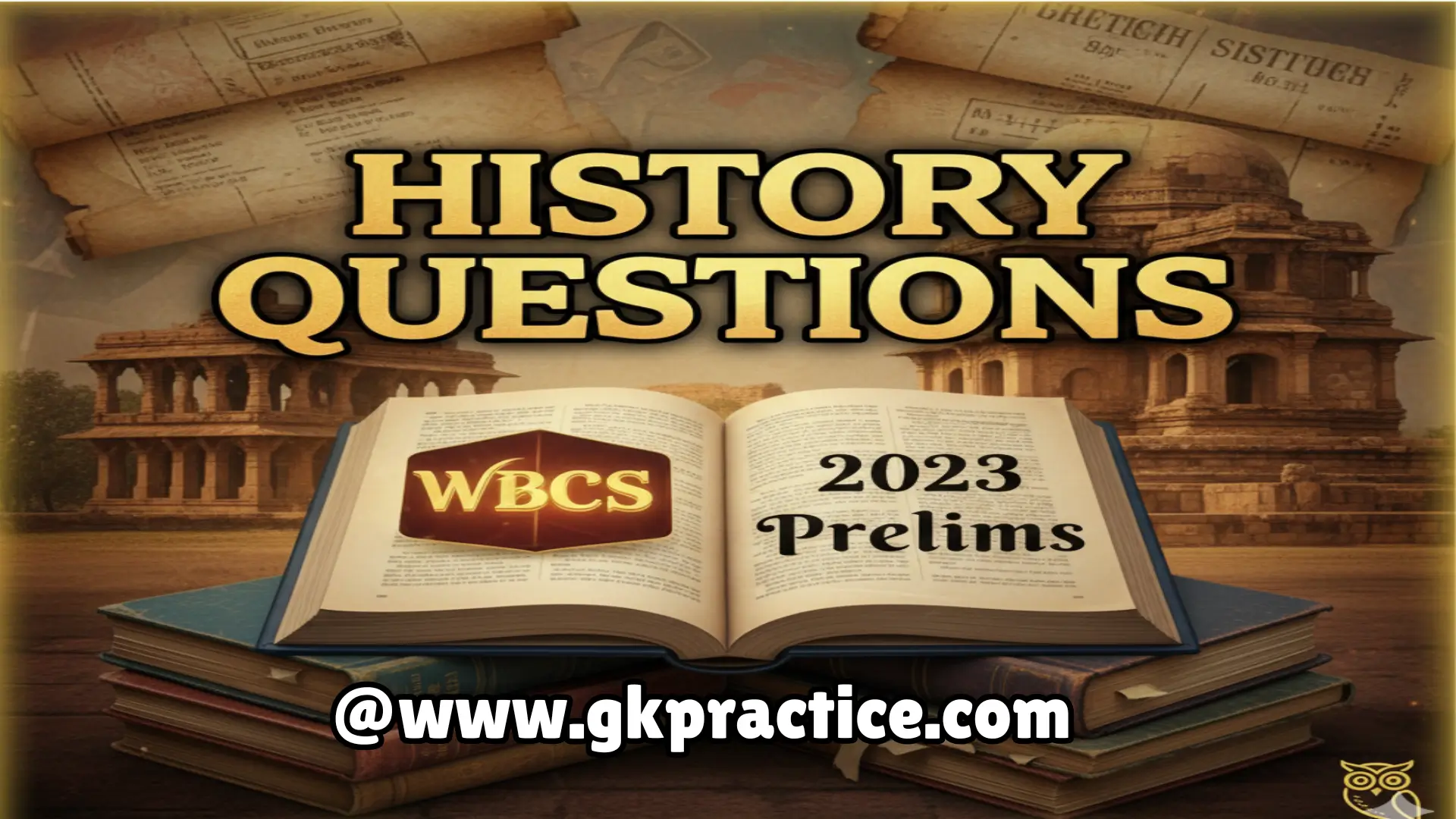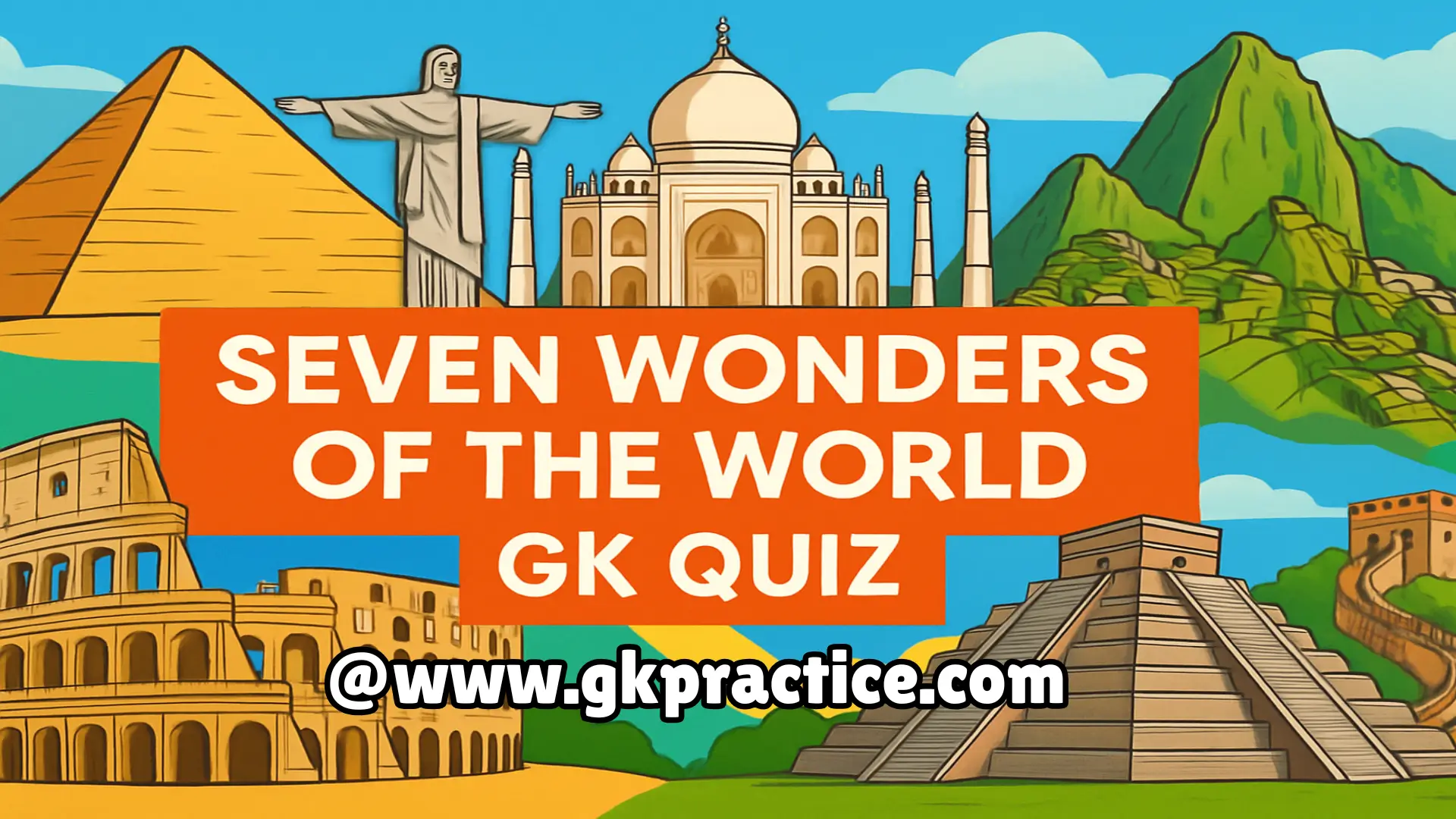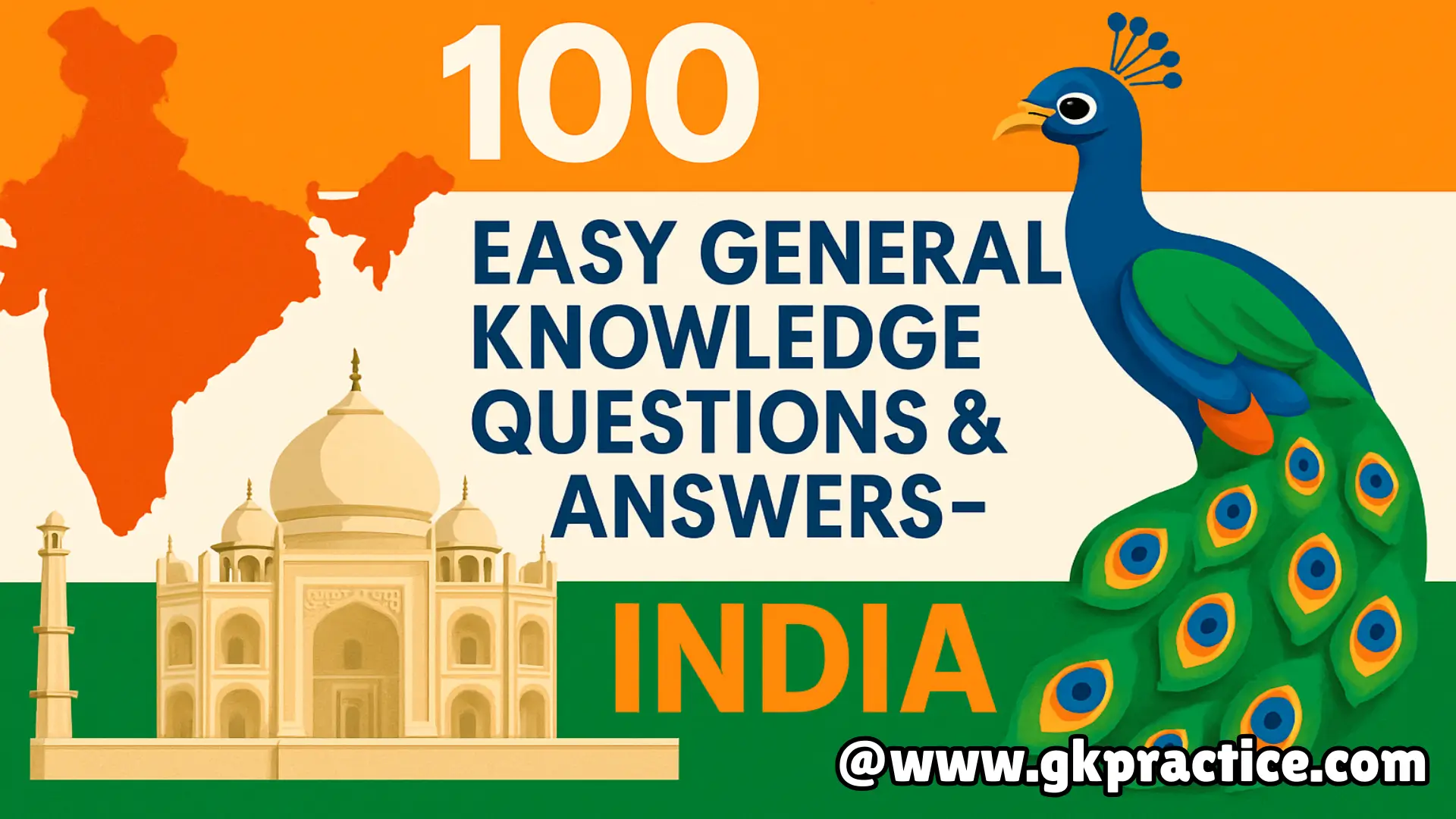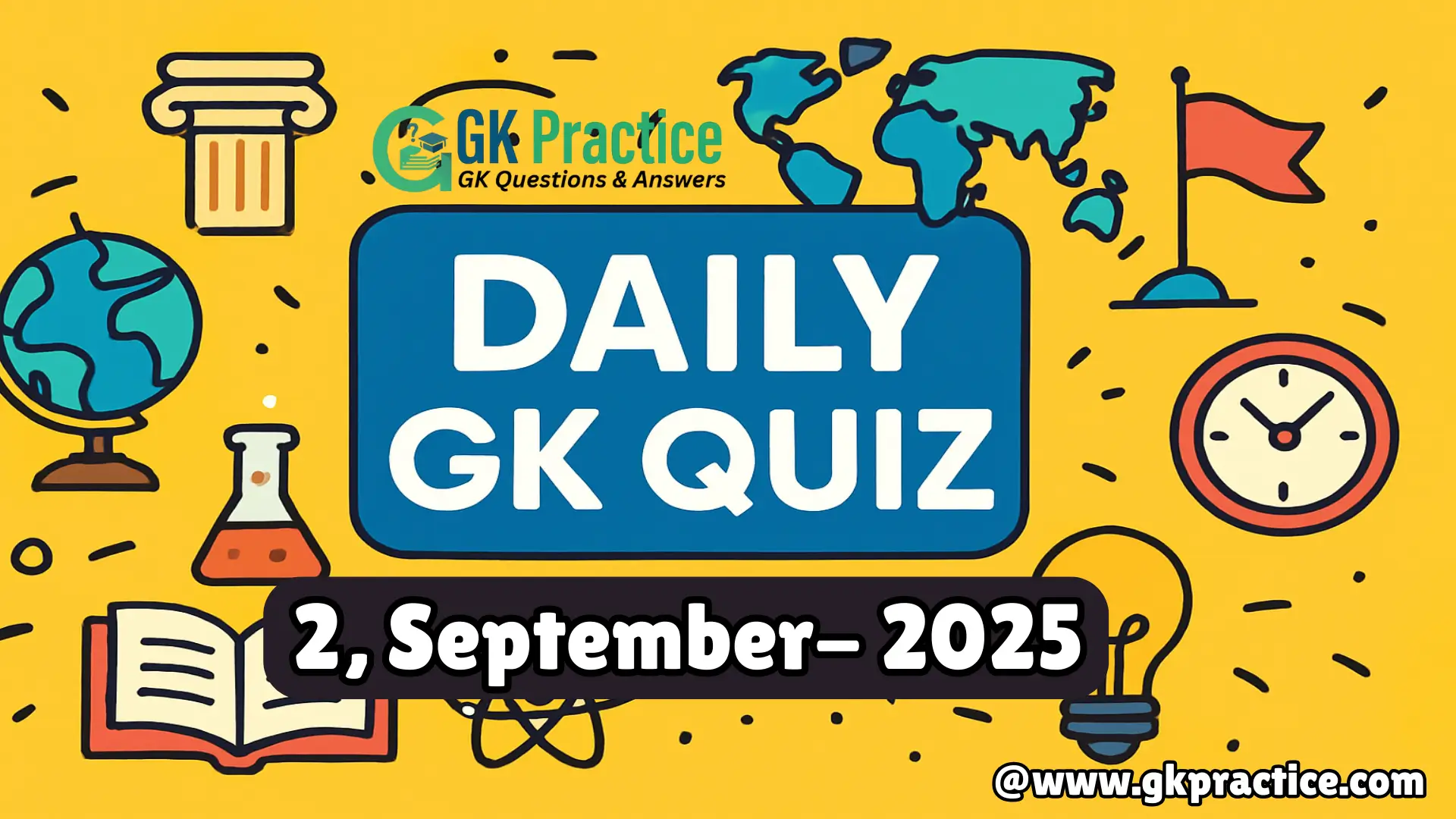Below is a comprehensive, student-friendly guide, complete with tables, a chart, and sample exam questions to boost your preparation.
What is the Medieval Period in Indian Painting?
The medieval period in India broadly covers the era from 8th century CE to the coming of European colonial powers (18th century CE). The major artistic milestones of this time include:
- Expansion of mural (wall) paintings in temples and caves
- Flourishing of miniature painting traditions
- Rich development under different dynasties: Palas, Mughals, Rajputs, Deccan sultans, and regional rulers.
Key Features of Paintings of Medieval Period in India
- Diversity of Styles: From detailed court scenes to expressive folk art
- Religious and Secular Themes: Depictions of mythology, Buddhism, Hinduism, daily life, nature, battles, and royalty
- Materials Used: Natural colors (from plants, minerals, gold, silver, shells), palm leaves, paper, cloth, walls
- Technique: Fresco (wet plaster), tempera (colors mixed with binding agents), brushwork
- Regional Schools: Each region developed a unique style
Major Types of Medieval Indian Paintings
| Style | Region/Patron | Medium | Main Features/Subjects | Important Example |
|---|---|---|---|---|
| Pala School | Bengal, Bihar (8th-12th C.) | Palm-leaf | Buddhist themes, delicate lines, soft hues | Astasahasrika Prajnaparamita manuscript |
| Jain Paintings | Gujarat, Rajasthan (12th-16th C.) | Palm-leaf | Jain stories, bold colors | Kalpasutra, Kalakacharya Katha |
| Mughal Miniature | Mughal courts (16th-18th C.) | Paper | Royal life, battles, portraits, nature | Tutinama, Hamzanama, Akbarnama |
| Rajput Paintings | Rajasthan, Bundi, Mewar, Marwar, etc. | Paper, Wall | Hindu deities, epics, love, landscapes | Krishna-Radha series, royal processions |
| Pahari School | Himachal Pradesh (17th-19th C.) | Paper | Romantic, poetic, Bhakti literature | Kangra, Basohli styles |
| Deccan School | Hyderabad, Bijapur, Ahmednagar | Paper | Persian influence, vibrant color, fantasy | Portraits of Sultanate rulers |
| Folk and Tribal Art | Central, East, West India | Wall, Leaf | Everyday life, rituals, nature, myths | Gond, Warli, Pattachitra |
| Frescoes (Murals) | Tamil Nadu, Karnataka, Maharashtra | Wall, Cave | Religious icons, processions, daily life | Sittanavasal, Badami, Ajanta, Armamalai |
Chart: Timeline of Major Painting Styles (8th-18th Century CE)
| Century | Major Painting Styles / Traditions |
|---|---|
| 8th Century | Pala School |
| 10th Century | Jain Paintings |
| 12th Century | Murals (South India) |
| 14th Century | Deccan School |
| 16th Century | Mughal Miniatures |
| 18th Century | Rajput & Pahari Schools, Folk/Tribal Art |
Some Famous Sites and Artworks
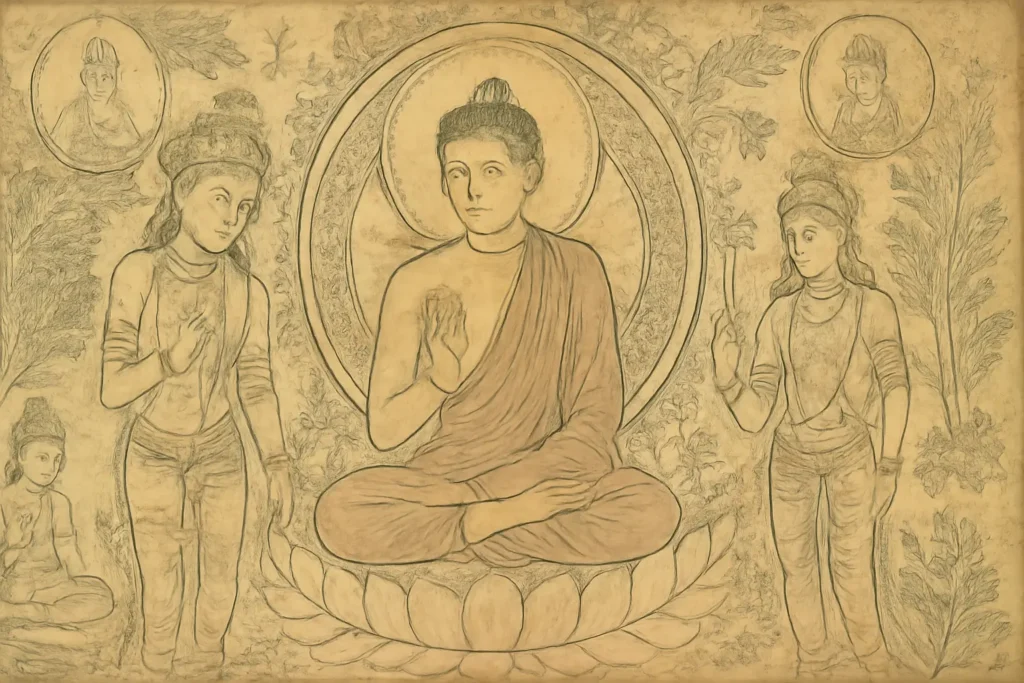
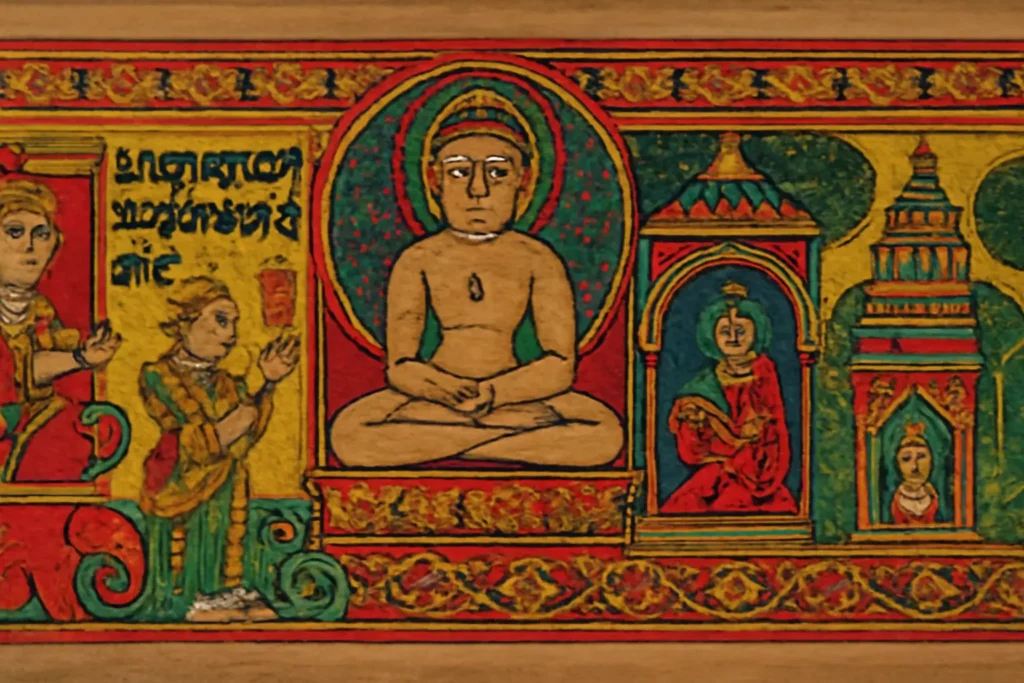
2. Jain Miniature Paintings
Example: Kalpasutra manuscripts
Originated in Gujarat and Rajasthan
Rich use of reds, gold; illustrated Jain religious texts
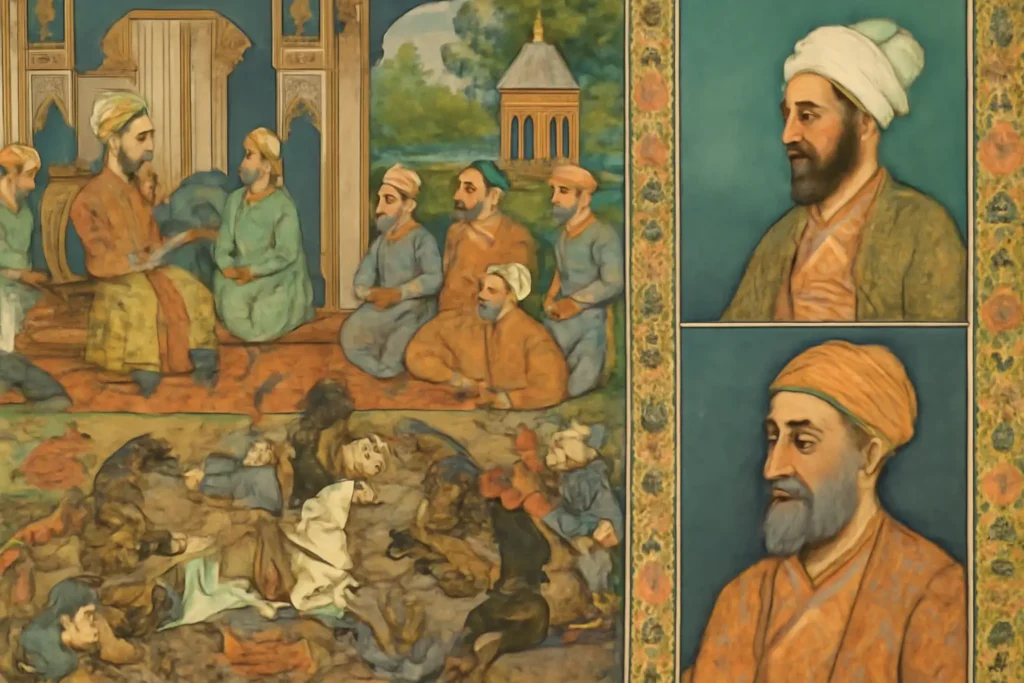
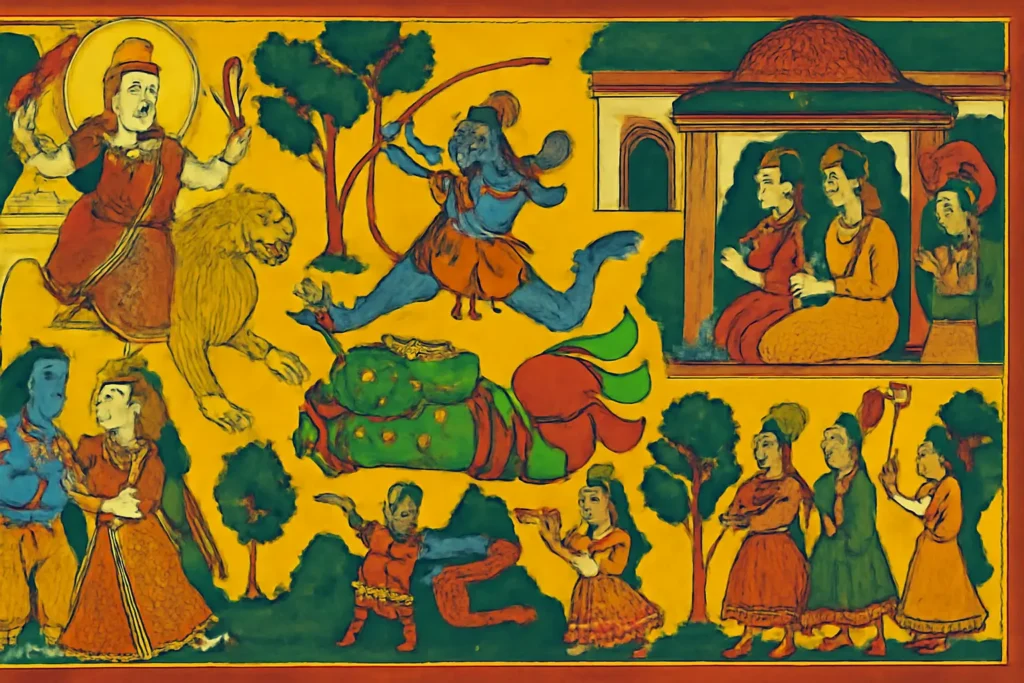
4. Rajput Paintings
Schools: Mewar, Bundi, Kota, Jaipur, Marwar
Developed mainly in Rajasthan courts
Themes: religious epics, love stories, landscapes
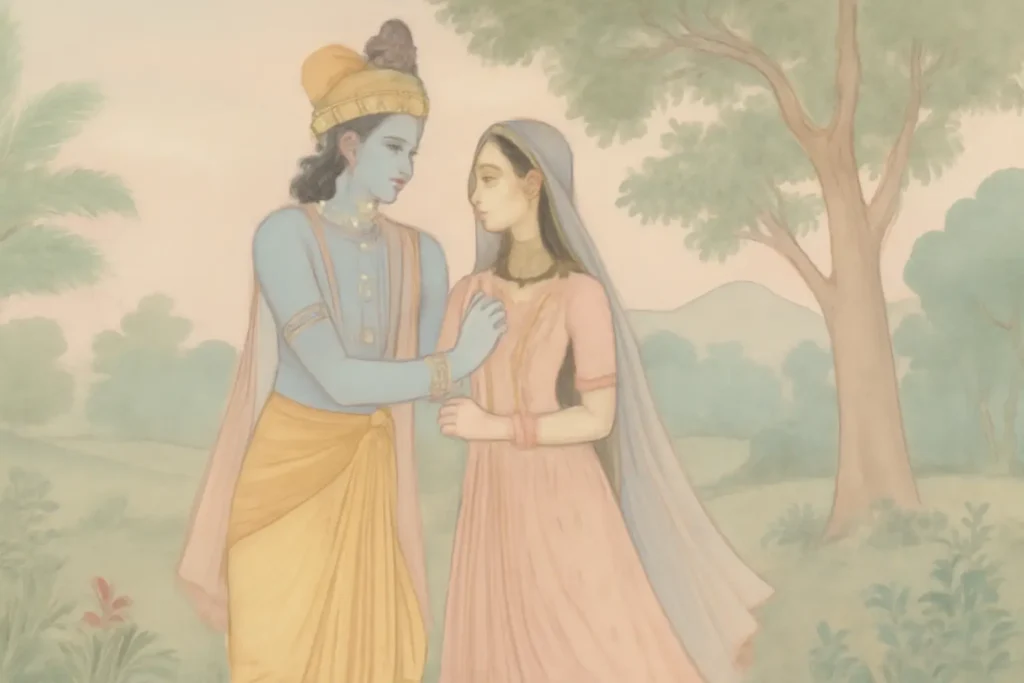
5. Pahari (Kangra, Basohli) Paintings
Influenced by Rajput style, romantic and devotional themes
Punjab hills, 17th-19th centuries
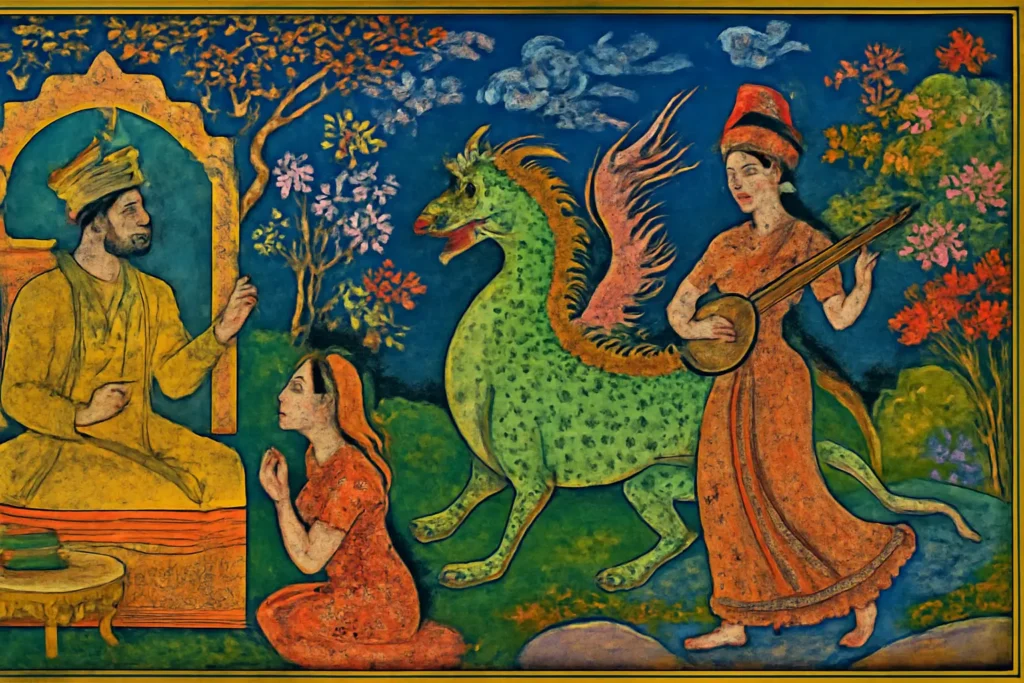
6. Deccan Paintings
Enriched with Persian and indigenous touches
Styles flourished under Bahmani and other South Indian sultanates
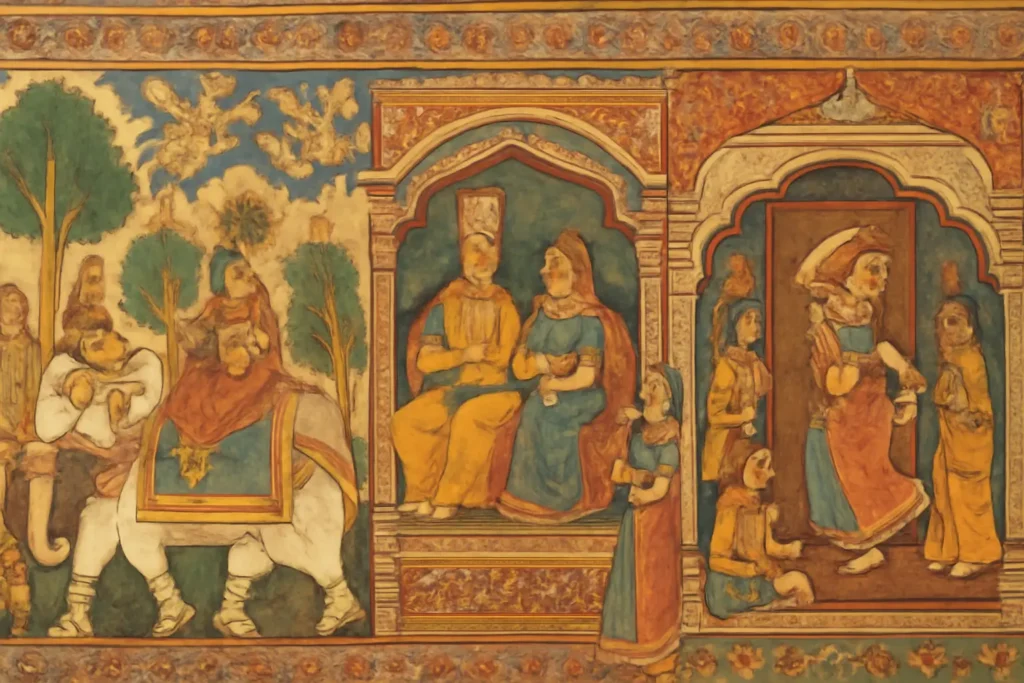
Regional Schools: Comparison Table
| School | Location | Key Themes & Specialities | Distinct Features |
|---|---|---|---|
| Pala | Bengal, Bihar | Buddhist, naturalism, gentle lines | Sinuous lines, calm expressions |
| Mughal | North India | Courtly scenes, detailed nature, portraits | Realism, Persian influence, intricate |
| Rajput | Rajasthan | Hindu epics, Krishna-Radha, valor | Bold colors, stylized figures, miniatures |
| Deccan | Deccan plateau | Fantasy, court scenes, Persian motifs | Hybrid of Persian-Indian, vivid colors |
| Pahari | Himalayas | Bhakti, lyrical poetry, scenery | Romantic, soft pastel colors, grace |
| Jain | Gujarat, Rajasthan | Jain sutras, animals, monastic life | Elongated eyes, bright pigments |
Importance for Exams
- Art and Culture questions in UPSC, SSC, and State PSCs regularly focus on distinguishing features, patronage, timelines, and prominent examples.
- Knowing the chronology, styles, and main features helps answer multiple-choice and descriptive questions easily.
Frequently Asked Questions
| Question | Answer | Description |
|---|---|---|
| What are “Miniature Paintings”? | Paintings made on a small scale, usually on paper/palm leaf, characterized by intricate details. | Flourished in Mughal, Rajput, Pahari, Deccan schools; depict royalty, religion etc. |
| Name a famous site of Jain mural art. | Sittanavasal cave, Tamil Nadu. | Noted for its 9th-century frescoes with Jain motifs. |
| Which Mughal emperor patronized miniature painting the most? | Emperor Akbar. | Established royal ateliers and encouraged artists from India and Persia. |
| Distinctive feature of Pahari paintings? | Lyrical romanticism, pastel colors, depiction of Radha-Krishna theme. | Developed in Himachal hills; Kangra is the most famous sub-school. |
| What is the fresco technique? | Painting on fresh/wet lime plaster so colors get absorbed and last long. | Seen in Ajanta, Sittanavasal, Badami caves. |
Sample Chart
Below is a sample breakdown of famous schools of medieval paintings and their themes based on the research.
| School | Main Patron | Popular Themes | Century Major Flourish |
|---|---|---|---|
| Pala | Buddhist Monks | Buddhist texts/deities | 8th-12th |
| Jain | Jain Saints | Jain texts/daily life | 12th-16th |
| Rajput | Rajput Rulers | Hindu epics, royal life | 16th-19th |
| Mughal | Mughal Emperors | Court, battle, nature | 16th-18th |
| Pahari | Hill Princes | Devotion, romance | 17th-19th |
| Deccan | Sultanate Rulers | Fantastical, Persian art | 16th-17th |
How to Remember?
- P-M-R-P-D: Pala-Jain-Mughal-Rajput-Pahari-Deccan — a mnemonic for prominent styles!
- Relate them to patrons (Buddhist, Jain, Rajput, Mughal, Hill Rulers, Sultanate) and themes.
Value of Medieval Paintings of India
- Cultural Heritage: Reflect religious and social values of medieval society.
- Historical Record: Show clothes, architectures, daily life, and political events.
- Artistic Excellence: Innovations in technique, color, and style laid foundations for later art.
- Diversity: Show unity in diversity — different regions, themes, and techniques.
Common Sample Exam Questions (With Answers)
1. Which medieval Indian painting style flourished under the Palas and is known for its Buddhist themes?
- Answer: Pala School of Painting
- Explanation: The Pala school, Bengal and Bihar, 8th-12th centuries, is famous for Buddhist manuscript painting on palm-leaf.
2. What is a “Miniature Painting”? Name two schools that excelled in this art.
- Answer: Small-scale paintings with intricate detail, often on paper/palm leaf. Examples: Mughal School, Rajput School.
- Explanation: ‘Miniature’ refers to size and delicacy; both Mughals and Rajputs were famous for this form.
3. With which region are Kangra and Basohli styles associated?
- Answer: Pahari School (Himalayan hills—Himachal Pradesh)
- Explanation: Both Kangra and Basohli are distinct sub-schools of Pahari painting.
4. What technique is mainly used in Ajanta and Sittanavasal mural paintings?
- Answer: Fresco technique (painting on wet plaster)
- Explanation: Colors merge with wall plaster, making them long-lasting.
5. Which Mughal emperor was known for promoting the synthesis of Persian and Indian art in paintings?
- Answer: Akbar
- Explanation: He invited Persian artists and encouraged Indian artists, leading to a new school of painting.
Tips for Exam Revision
- Always link a painting style to its region, patron, and main subject.
- Practice identifying painting features from images or descriptions.
- Revise the timeline and rich diversity (miniature, mural, folk/traditional) for accurate answers.
- Focus on the “why” and “how” of art evolution — not just what.
Summary:
The paintings of medieval period in India represent a vibrant phase of artistic creativity. With diverse styles ranging from royal Mughal miniatures to expressive tribal murals, these paintings remain relevant both for cultural appreciation and exams. Aspirants should focus on style features, major schools, themes, and notable sites to master this topic for government job exams.
1)Want to read more topics on Medieval India– Visit Here.
2)Want to read more topics on Ancient India– Visit Here.

